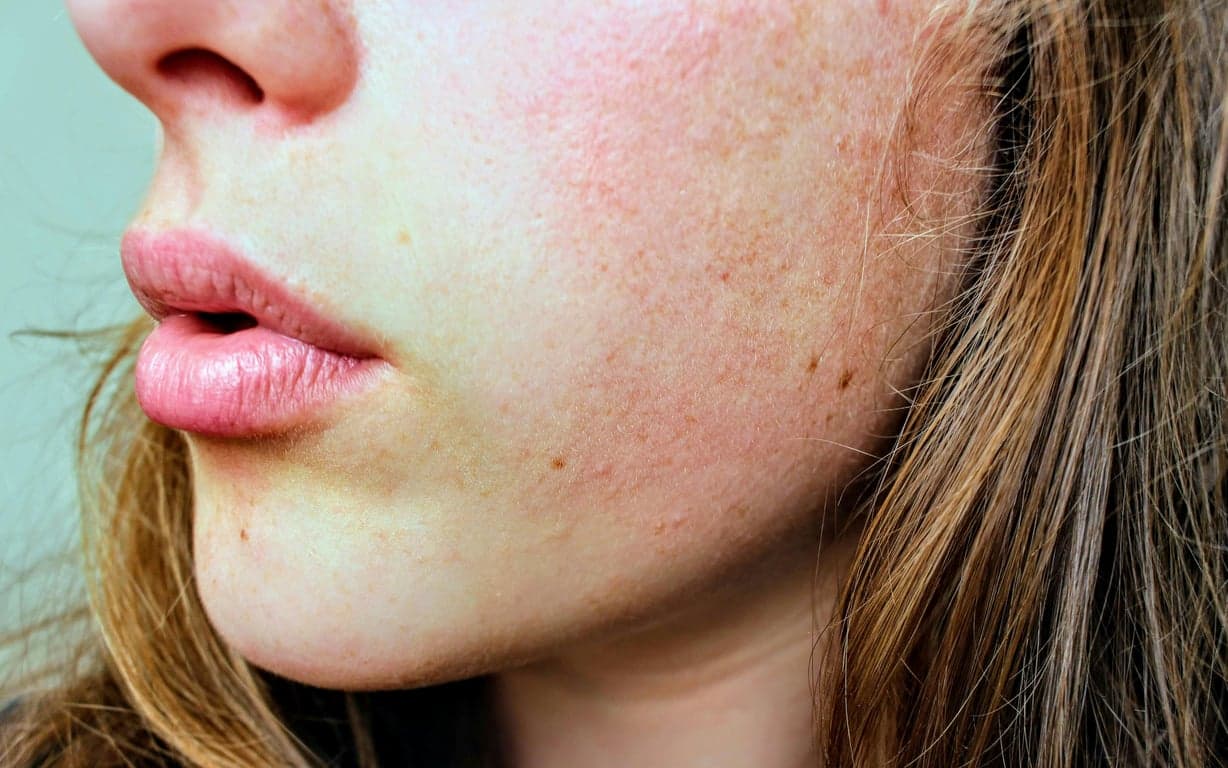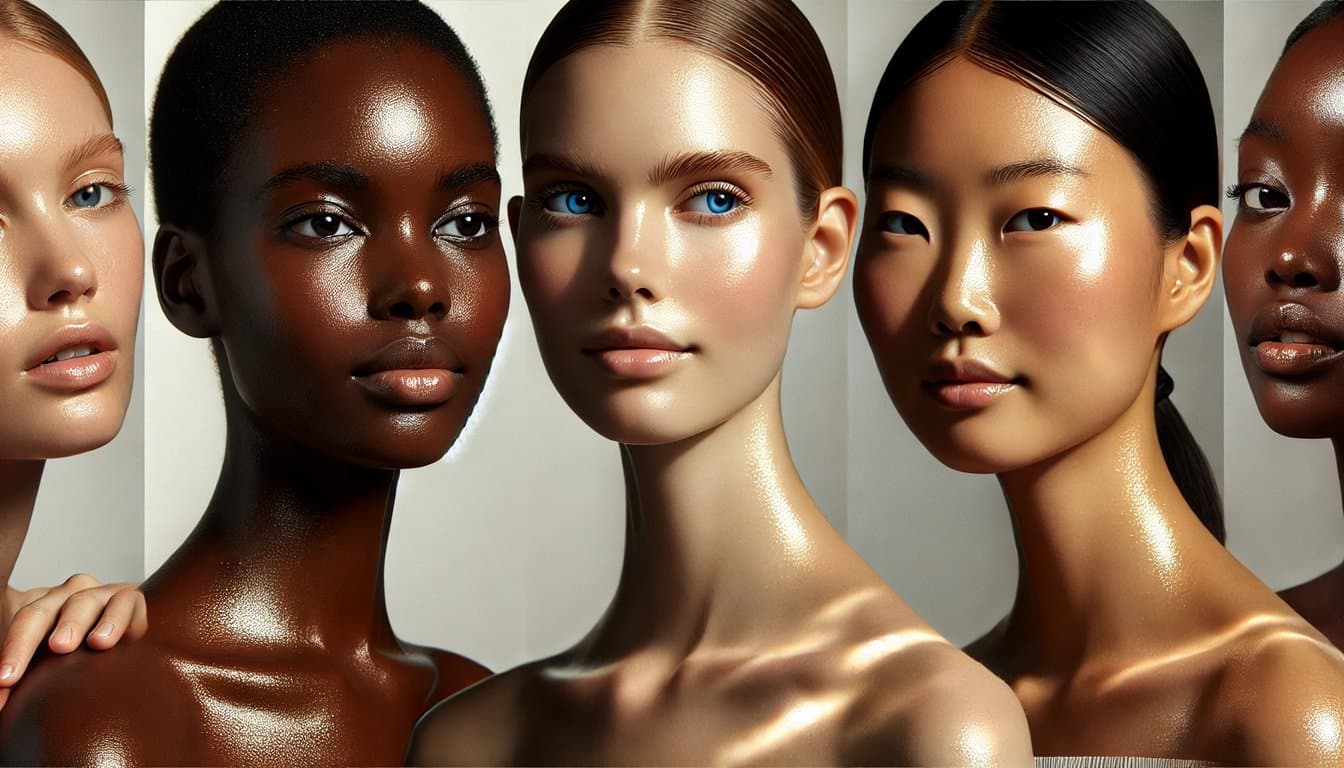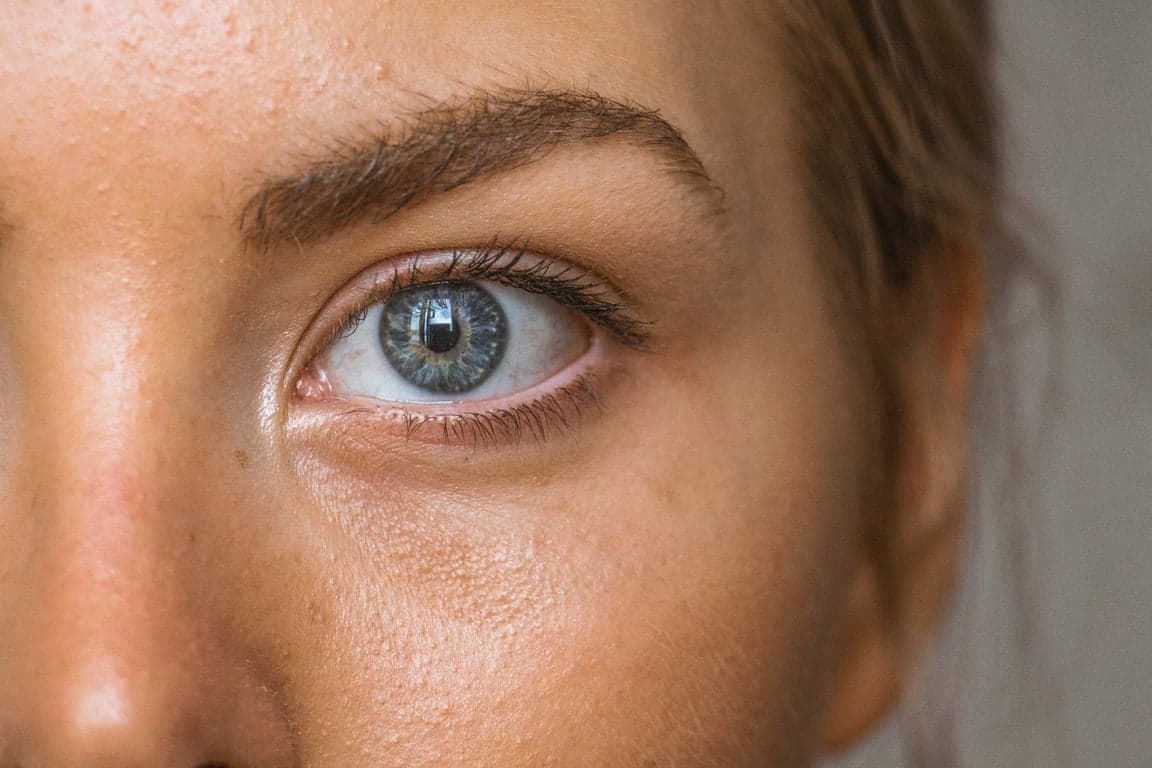
A Comprehensive Guide to Choosing the Best Sunscreen for All Skin Types
As the sun shines brighter during the summer months, the importance of sunscreen cannot be overstated. Not only does sunscreen protect us from immediate sunburn, but it also plays a crucial role in long-term skin health by preventing premature aging and skin cancers. With numerous products on the market, knowing how to choose the best sunscreen for your skin type can be overwhelming. This guide will help you navigate through the nuances of sunscreen selection, from understanding the difference between mineral and chemical formulations to finding products suitable for your unique skin type.
Understanding Sunscreen: Mineral vs. Chemical
Mineral Sunscreens
Mineral sunscreens, also known as physical sunscreens, primarily contain zinc oxide or titanium dioxide as active ingredients. They work by sitting on the skin's surface and physically blocking UV rays from penetrating the skin. These sunscreens provide immediate protection upon application, making them a go-to choice for sensitive skin types.
Pros:
• Broad-spectrum protection against both UVA and UVB rays.
• Less likely to irritate sensitive skin or cause breakouts.
• Often include soothing ingredients that can benefit the skin.
Cons:
• May leave a white cast, especially on darker skin tones.
• Can feel thicker or greasier compared to chemical formulas.
Chemical Sunscreens
Chemical sunscreens contain organic (carbon-based) compounds that absorb UV radiation and convert it into heat, which is then released from the skin. They typically include ingredients such as avobenzone, octisalate, octocrylene, and oxybenzone.
Pros:
• Generally lightweight and easy to apply, with a more cosmetically elegant finish.
• No white cast, making them suitable for all skin tones.
Cons:
• May cause irritation or allergic reactions in sensitive individuals.
• Often take 15-30 minutes to become effective after application.
Both types of sunscreens provide vital protection against UVA (which causes skin aging and cancer) and UVB (which causes sunburn) rays. Thus, it is critical to look for "broad-spectrum" labels on products to ensure comprehensive protection.
Choosing Sunscreen Based on Skin Type
For Oily or Acne-Prone Skin
People with oily or acne-prone skin should look for lightweight, non-comedogenic formulas that won’t clog pores.
Recommended Products:
• Murad City Skin Broad Spectrum SPF 50: This advanced mineral sunscreen utilizes zinc oxide and titanium dioxide to provide broad-spectrum UV protection. Its innovative formulation includes a light tint to prevent the white cast often associated with mineral sunscreens. The lightweight texture is designed to be non-comedogenic (prevents the clogging of pores), allowing for seamless application under makeup without clogging pores.
• Supergoop! Mineral Mattescreen (SPF 40): This cutting-edge sunscreen combines physical UV filters with oil-absorbing ingredients to create a matte finish. Its non-comedogenic formula incorporates hydrating elements that maintain skin moisture without triggering excess sebum production. The balanced composition makes it particularly suitable for oily and acne-prone skin types, offering both sun protection and oil control.
For Dry Skin
Individuals with dry skin should seek moisturizing sunscreens that offer hydration along with sun protection.
Recommended Products:
• La Roche-Posay Anthelios Melt-in Milk Sunscreen SPF 60: This sunscreen offers high protection against harmful UV rays while delivering essential hydration. Its melt-in texture ensures easy application, allowing it to blend seamlessly into the skin without leaving a greasy residue. Formulated with antioxidants, it helps combat environmental damage, making it ideal for daily use in various climates.
• Aveeno Positively Mineral Sensitive Skin Sunscreen SPF 50: A mineral-based option that harnesses the power of naturally derived zinc oxide to provide broad-spectrum protection. This formulation is enriched with soothing oat extract, which helps to calm and moisturize dry skin. Its lightweight consistency ensures comfort throughout the day, making it suitable for those prone to irritation.
For Combination Skin
Combination skin can benefit from a balanced formulation that hydrates without being greasy.
Recommended Products:
• La Roche-Posay Anthelios Ultra-Light Fluid SPF 50+: This lightweight, peach-tinted sunscreen hydrates the skin while offering robust UV protection. Its fluid formula absorbs quickly and leaves a matte finish, making it perfect for combination skin that may experience oiliness in the T-zone. The added tint helps even out skin tone without feeling heavy or cakey.
• Bioré UV Aqua Rich Watery Essence SPF 50: This innovative sunscreen employs a unique aqua micro capsule technology (which encapsulates UV filters in tiny water-based spheres) for a lightweight, water-like texture. It provides effective UV protection while keeping the skin hydrated. The non-greasy formula absorbs quickly, making it an excellent choice for those who want sun protection without the heaviness of traditional creams.
For Sensitive Skin
Sensitive skin requires gentle formulas that avoid harsh chemicals and fragrances.
Recommended Products:
• EltaMD UV Clear Broad-Spectrum SPF 46: Specifically formulated for sensitive and acne-prone skin, this sunscreen is fragrance-free and contains niacinamide to help calm irritation and reduce redness. Its lightweight texture absorbs quickly, providing effective sun protection while also improving skin clarity and texture. Ideal for daily wear under makeup.
• Blue Lizard Sensitive Mineral Sunscreen SPF 30: Designed with sensitive skin in mind, this mineral sunscreen uses zinc oxide and titanium dioxide to create a physical barrier against UV rays. Free from chemical filters, it’s gentle on the skin and suitable for all ages. The formula is also water-resistant, making it perfect for outdoor activities or days at the beach.
The Science of Broad-Spectrum SPF
Broad-spectrum SPF protects against both UVA and UVB rays. UVB rays are responsible for causing sunburn and are a significant contributor to skin cancer. On the other hand, UVA rays penetrate deeper into the skin, leading to premature aging, wrinkles, and the potential for skin cancer.
The SPF (Sun Protection Factor) rating indicates the level of UVB protection a sunscreen offers. According to the American Academy of Dermatology, SPF 30 blocks about 97% of UVB rays, while SPF 50 blocks approximately 98%. While higher SPF offers slightly more protection, no sunscreen can provide 100% protection.
Furthermore, SPF does not measure UVA protection unless labeled as broad-spectrum. Therefore, always opt for a broad-spectrum sunscreen to ensure comprehensive protection against both types of UV radiation.
FAQs
What’s the difference between SPF 30 and SPF 50?
The main difference lies in the percentage of UVB rays they block. SPF 30 blocks about 97% of UVB rays, while SPF 50 blocks approximately 98%. However, the difference in protection is minimal. It's more important to focus on proper application and reapplication.
How often should I reapply sunscreen?
Sunscreen should be reapplied every two hours, or more frequently if swimming or sweating. For water activities, choose a water-resistant formula and reapply every 40 to 80 minutes as indicated by the product label.
Can I use sunscreen indoors?
Yes, wearing sunscreen indoors is essential, especially if you're near windows where UVA rays can penetrate glass. Daily use of broad-spectrum sunscreen protects against potential skin damage from both sunlight and HEV (high-energy visible) light emitted by screens.
What's the difference between chemical and physical sunscreens?
Chemical sunscreens absorb UV rays, while physical (mineral) sunscreens reflect them. Chemical sunscreens tend to be more lightweight, while physical sunscreens are often better for sensitive skin.
Is a higher SPF always better?
Not necessarily. SPF 30 blocks about 97% of UVB rays, while SPF 50 blocks about 98%. The difference in protection is minimal above SPF 30. It's more important to apply enough sunscreen and reapply regularly.
How much sunscreen should I apply?
For full body coverage, use about 1 ounce (30 ml) of sunscreen, or enough to fill a shot glass. For the face alone, use about 1/4 to 1/3 teaspoon.
Can I use expired sunscreen?
It's not recommended. Sunscreen can degrade over time, reducing its effectiveness. Always check the expiration date and replace sunscreen as needed.
Do I need sunscreen on cloudy days?
Yes, up to 80% of UV rays can penetrate clouds. UV rays can also reflect off surfaces like water, sand, and snow, increasing exposure.
How long should I wait after applying sunscreen before going outside?
For chemical sunscreens, wait about 15-30 minutes before sun exposure to allow the product to absorb into the skin. Physical sunscreens work immediately upon application.
Can sunscreen cause acne?
Some sunscreens may clog pores, leading to breakouts. Look for non-comedogenic formulas if you're prone to acne. Lightweight, oil-free options are often better for acne-prone skin.
Is sunscreen alone enough for complete sun protection?
While sunscreen is crucial, it should be part of a comprehensive sun protection strategy. This includes wearing protective clothing, seeking shade, and avoiding peak sun hours.
Lifestyle Tips for Reapplying Sunscreen
1. Use a Setting Spray with SPF: Consider using a makeup setting spray that contains SPF for easy reapplication throughout the day.
2. Carry Travel-Sized Sunscreens: Keep a small, portable sunscreen in your bag to ensure you're always prepared.
3. Plan for Activities: If engaging in water activities or heavy sweating, opt for water-resistant sunscreens and reapply according to the product instructions.
In conclusion, choosing the right sunscreen requires consideration of your skin type and lifestyle. Whether you prefer a mineral or chemical sunscreen, ensuring you use broad-spectrum protection daily is crucial for maintaining healthy skin. Remember, the best sunscreen is the one you will apply regularly!



